Striking Stellantis Workers Considering Tentative Deal

United Auto Workers union members went on strike over the weekend to pressure Stellantis into retaining jobs they’re worried might evaporate as the industry attempts to transition to battery electric vehicles. UAW Local 1166, representing the workers at the engine and transmission plant located in Kokomo, Indiana, was in negotiations with the automaker over this weekend. But things fell apart on Saturday, leading to a formal strike that has reportedly resulted in a tentative agreement on their local contract.
Since this is the UAW we’re talking about, there was no way around the catch-all request to improve health and safety at the site. But there also looks to be genuine fear that the automaker will begin closing factories responsible for manufacturing internal combustion engines (and any related components) as the industry pushes ahead with EVs.
“The bargaining committee stood strong with the support of the striking UAW Local 1166 members to win an agreement that will correct the poor working conditions,” UAW President Ray Curry explained in a statement. “This tentative agreement is a testament to UAW solidarity. Their working conditions will greatly improve, and they have given us all inspiration to fight for justice and respect in our workplaces.”
Automotive News cited the UAW expressing an interest in Stellantis retaining jobs at engine and transmission plants while also demanding that workers assembling batteries have union representation and comparable wages and benefits. If jobs cannot be retained, union members would like there to be a pathway where existing workers could receive training for subsequent EV plants. But leadership also wanted Stellantis to put some money back into the Kokomo casting plant, which they claimed had been neglected for years.
“The environment in the plant has deteriorated over the years due [to] the company’s decision to save money by not properly maintaining or providing the proper HVAC in the plant. The bargaining committee also fought hard to win dozens of demands that the members had submitted. This agreement will address these and many other issues that will benefit the Local 1166 members,” said UAW Vice President Cindy Estrada.
Some of those demands allegedly included provisions to retain jobs and guarantee fresh investment into what is one of the largest die-cast facilities in the world. This mimics what we’ve seen from German unions, specifically IG Metall, which have grown increasingly concerned that EVs will displace a large number of auto workers. After years of issuing warnings that the push toward EVs would undoubtedly mean fewer jobs and increased offshoring that primarily benefited Chinese battery suppliers, IG Metall has launched a campaign intended to re-skill the domestic workforce and localize as much battery production as possible.
Last year, the Munich-based Ifo Institute for Economic Research, suggested that the transition to electric vehicles could cost the industry some 100,000 jobs in combustion engine production by 2025. The group suggested the best defense against this (other than sticking with combustion cars) was to ensure the preexisting workforce was retrained.
But Central Asia already has the battery market more or less cornered and Earth reached its automotive sales peak in 2017 at 80 million units. As a result, we’ve seen most Western automakers culling thousands of jobs over the last several years. Production stoppages stemming from the aggressive response to the pandemic have only exacerbated this issue. Material costs have likewise been skyrocketing and manufacturers seem incapable (or broadly unwilling) of increasing output as vehicle prices surpass record highs.
Neither the UAW nor Stellantis has disclosed any formal details about the terms of the tentative agreement reached on Monday. Though the latter group did express some disappointment about the union opting to strike. For what it’s worth, Stellantis and South Korea’s Samsung SDI made an announcement in July that they would be investing $2.5 billion to build a battery plant in Kokomo, Indiana. Millions of dollars are also being spent in Indiana and elsewhere to prep factories to build hybrid powertrains. So the region is still valuable to the company, even if it ultimately decides to shrink its workforce in the coming years.
[Image: Daniel J. Macy/Shutterstock]
Become a TTAC insider. Get the latest news, features, TTAC takes, and everything else that gets to the truth about cars first by subscribing to our newsletter.

A staunch consumer advocate tracking industry trends and regulation. Before joining TTAC, Matt spent a decade working for marketing and research firms based in NYC. Clients included several of the world’s largest automakers, global tire brands, and aftermarket part suppliers. Dissatisfied with the corporate world and resentful of having to wear suits everyday, he pivoted to writing about cars. Since then, that man has become an ardent supporter of the right-to-repair movement, been interviewed on the auto industry by national radio broadcasts, driven more rental cars than anyone ever should, participated in amateur rallying events, and received the requisite minimum training as sanctioned by the SCCA. Handy with a wrench, Matt grew up surrounded by Detroit auto workers and managed to get a pizza delivery job before he was legally eligible. He later found himself driving box trucks through Manhattan, guaranteeing future sympathy for actual truckers. He continues to conduct research pertaining to the automotive sector as an independent contractor and has since moved back to his native Michigan, closer to where the cars are born. A contrarian, Matt claims to prefer understeer — stating that front and all-wheel drive vehicles cater best to his driving style.
More by Matt Posky
Latest Car Reviews
Read moreLatest Product Reviews
Read moreRecent Comments
- Dale Quelle surprise.
- 3SpeedAutomatic Nice looking, but IIRC, there was an issue with these engines where a knock would develop. That may account for the very low milage. 🚗🚗🚗
- Redapple2 Used to watch F 1 a great deal. Now? F1 Random thoughts:1 Silly rules bug me. Must use 2 types of tire. Cant refuel. Drag reduction can only be used in certain areas of the track and only if you are so close to the car in front.2 Passing is rare. Pole sitter wins a high % of the time.3 A new team can only start in F1 if they get the blessing of the overlords. Evil gm Vampire was barred. How about this. Anybody with a car that meets the construction rules can try. If your speed qualifies and you pay the entry fee. You re in. So is anybody else. 4 I tune in for Martin Brundle's grid walk. In my life, it s must see tv. But he is often bumped or cancelled. Grid walk takes place 1 out of 3 or 4 races.5 So, because of this utter bull sheet and other points, I ve migrated to IMSA and MotoGP. I might catch a summary on the youtube.
- Redapple2 I retract my comments and apologize.
- Flashindapan I always thought these look nice. I was working at a Land Rover dealership at the time the LR3 came out and we were all impressed how much better it was then the Discovery in just about every measurable way.


















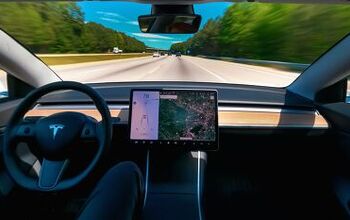
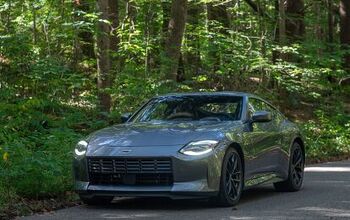
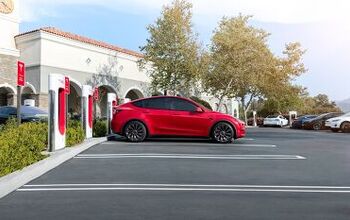
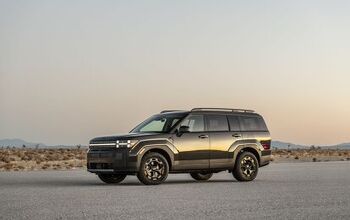




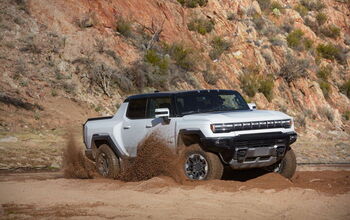
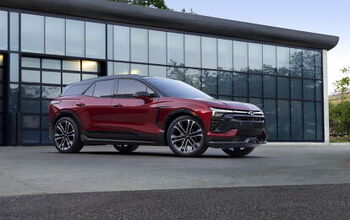
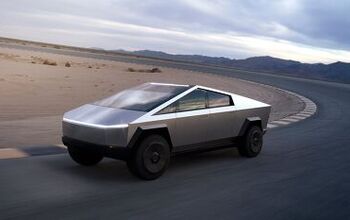


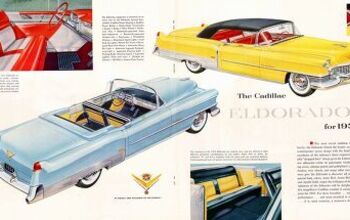
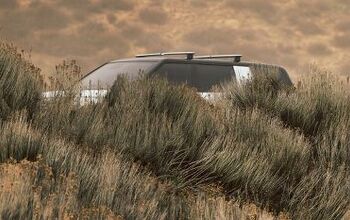

Comments
Join the conversation
Plenty of other foreign automakers with US offerings.
Unions voted for Joe the extremist and now it will cost them there job. This is not surprising and sad that they are complaining about what everyone already knew. Time to grow up. You got what you voted for. Stop acting surprised